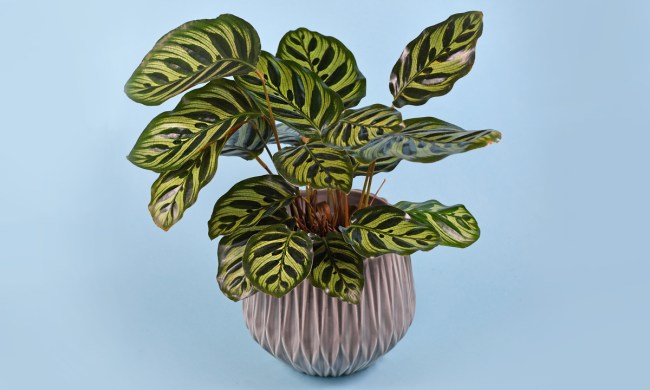Cordylines are beautiful tropical plants native to the Pacific Islands and portions of Southeast Asia. With their striking colors and vibrant leaves, they can add some color to any garden. However, tropical plants are not always easy to grow outdoors. Unless you live in a tropical region or have a greenhouse, you'll need to grow cordylines indoors. Luckily, these plants are fairly easy to grow indoors and add both color and interest to your houseplant collection! This guide to indoor cordyline care will help ensure your new cordyline thrives.
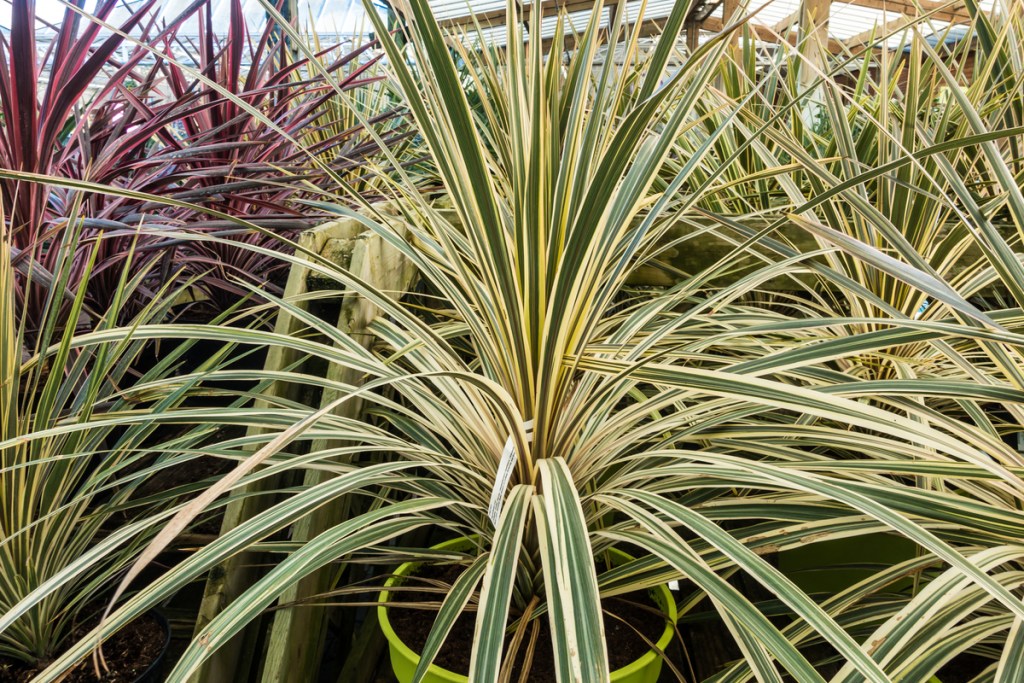
How to care for a cordyline plant
Here's how to take care of your cordyline's basic needs.
Step 1: Plant your cordyline in high-quality potting soil with good drainage.
Step 2: Use a pot with drainage holes, so excess water can escape.
Using a pot without drainage holes runs the risk of leaving the plant’s roots sitting in excess water, which can lead to root rot.
Step 3: Keep the soil moist.
In other words, avoid drenching your plant, but don’t let it completely dry out between waterings.
Step 4: Reduce waterings during colder months, as your cordyline will use less water.
Step 5: Watch for signs of overwatering or underwatering.
If the cordyline’s plant leaves are turning brown, that could be because you’re under-watering your plant. On the other hand, if the leaves are turning darker brown and their texture has become much softer, it may be because you’re overwatering it.
Step 6: Place your cordyline in bright, indirect light.
Cordyline can tolerate some shade, but a greenhouse or sunny window are ideal.
Step 7: Avoid placing your cordyline in direct light.
Too much direct light can result in faded leaves, meaning your plant will lose its vibrancy. The exception to this is green-leafed cordylines, which often prefer more direct sunlight than cordylines in different colors.
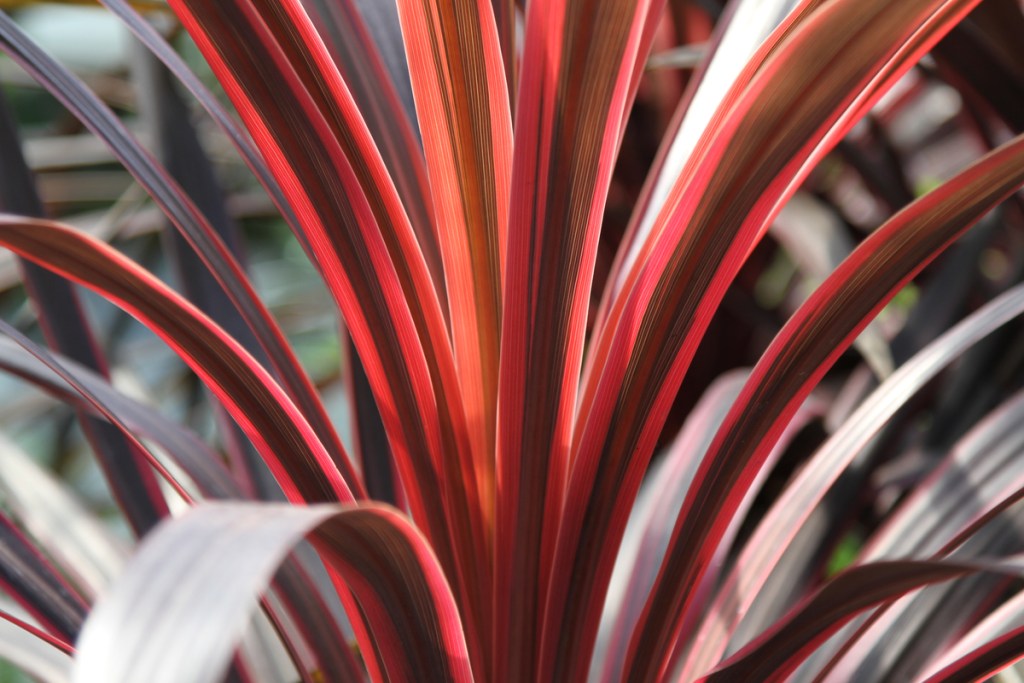
Are there varieties of cordyline plant?
There are 15 different cordyline plant varieties. There may be several different varieties of cordyline at your local nursery that have varying patterns and colors. Some of them prefer slightly different conditions than others. That said, their core care remains the same. You should feel free to select your cordyline based on which one you like best, not necessarily its specific requirements.
The spear-shaped, leathery leaves are consistent from one variety to another. What changes are the colors and patterns. Cordylines can be red, yellow, green, white, purple, and reddish-purple. Some varieties can produce flowers (and occasionally berries) at the beginning of the summer; the flowers can range from white to lavender in color.
Some varieties you can look into include Hawaiian Boy, Candy Cane, Red Sister, Rainbow, Black Mystique, Tricolor, and Firebrand.
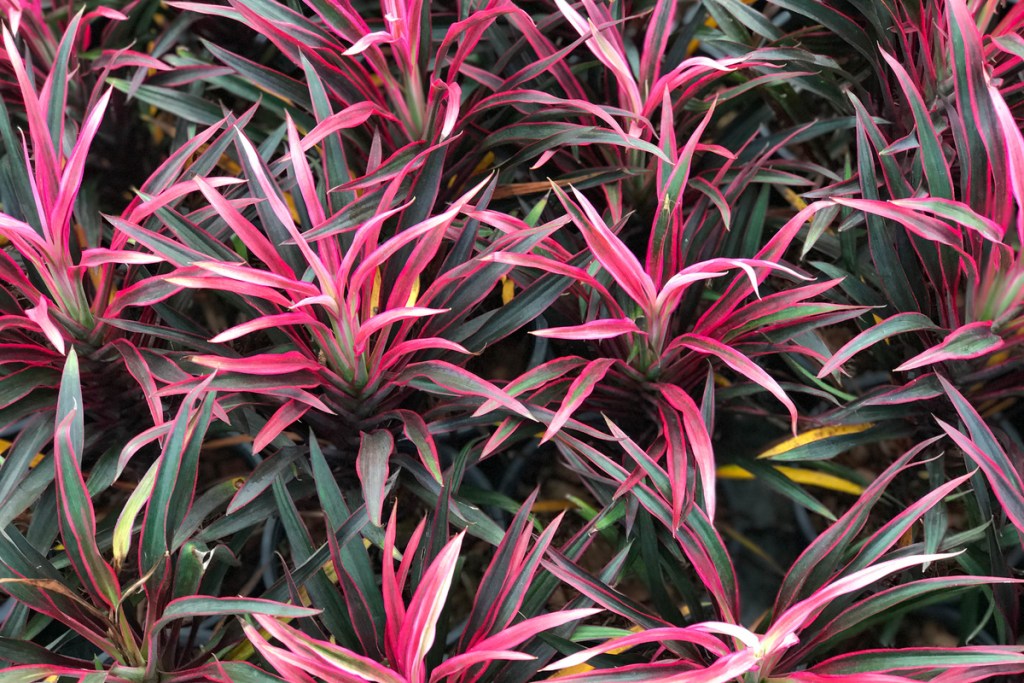
Can your propagate cordyline plants?
Cordyline plants can be propagated easily through cuttings. Here's what to do.
Step 1: Take your cutting from a mature plant, selecting a stem that has had at least a year to mature.
Step 2: Use a sharp, clean knife, scissors, or shears to cut three to five inches from a cordyline stem.
Cordyline stems can grow from the base of the plant or off of an existing stem. Either stem can be used for cuttings. Just be careful not to damage nearby stems.
Step 3: Apply rooting hormone to the end of the cutting.
This step is optional, as cuttings will root without it. However, using rooting hormone does speed up the propagation process.
Step 4: Plant the stem cut side down in a new pot of soil and water it gently.
Step 5: Avoid placing the new pot somewhere where it is likely to be bumped or moved often.
As the roots develop, they will be extra sensitive and vulnerable to damage.
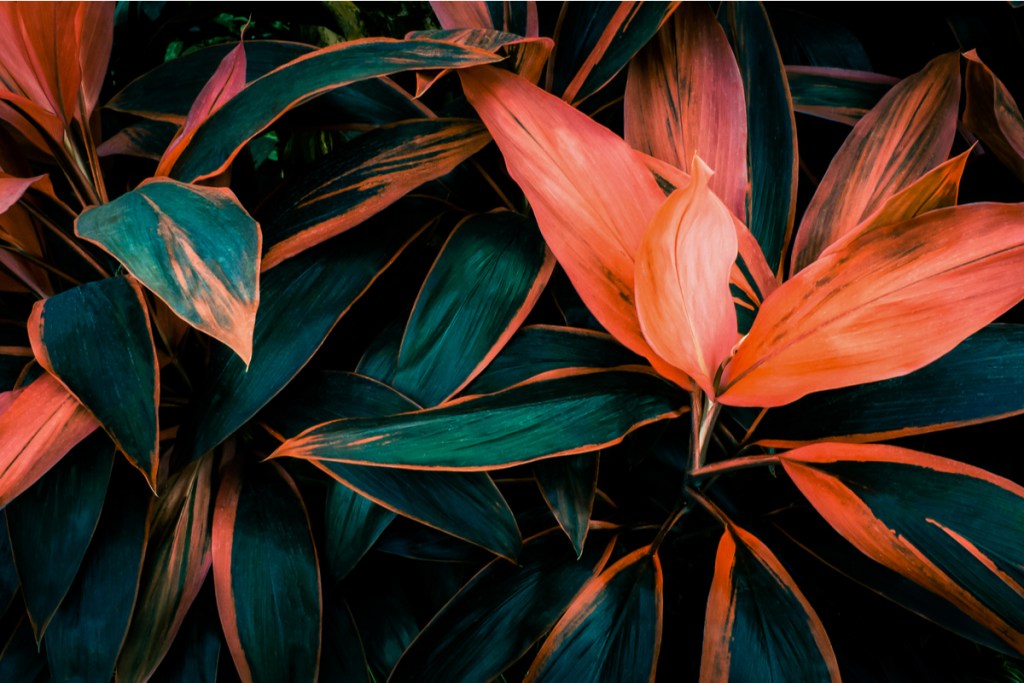
What are some common pests and diseases with cordyline plants?
When you care for cordyline plants, you may encounter common pests and diseases from time to time. Here are some issues to check for and how you can troubleshoot them before they grow out of hand.
Mealybugs: Check for small white bugs that resemble bits of cotton. With mealybugs or any other type of pests (think scale or spider mites), you can manually remove the bugs, and then treat your plant with an insecticidal soap or neem oil solution.
Root rot: Look for any signs of yellow, wilted leaves and pungent odors. These are the telltale signs of root rot, and you can confirm a root rot diagnosis (which is often caused by a fungal infection) by checking whether your potted roots are intact. If your roots look mushy or rotted, remove the damaged sections, and then replant your cordyline in fresh soil and water it lightly.
Fungal leaf spot: Keep an eye out for black spots on your cordyline leaves. Cut the impacted leaves, apply fungicide to your plant, and avoid getting water on the leaves.
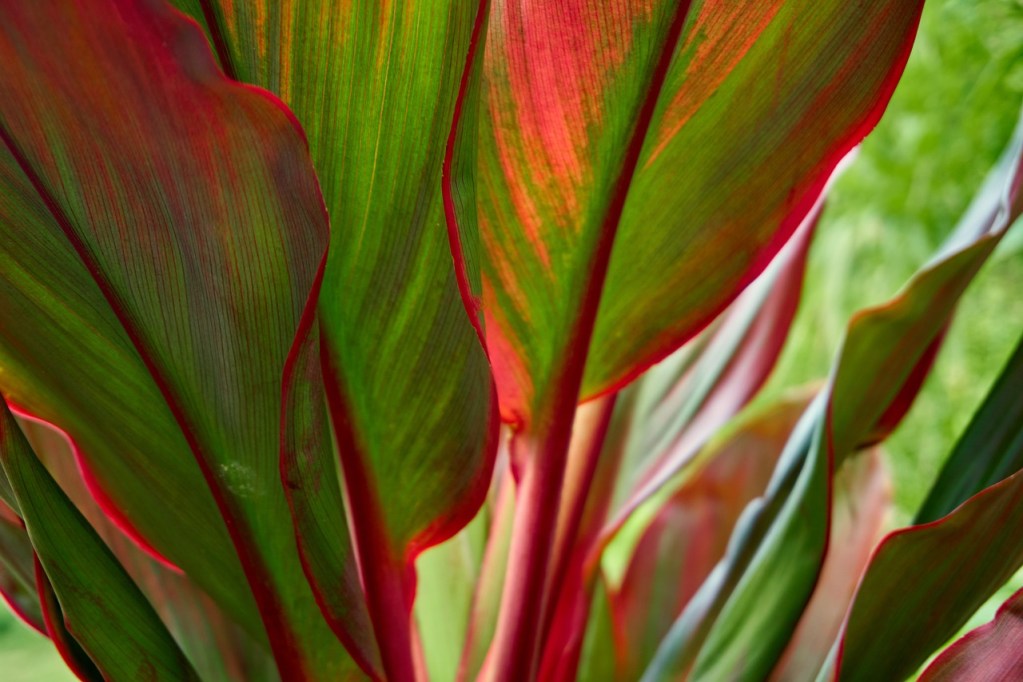
How to fix brown cordyline leaves
We grow cordyline plants for their beautiful leaves, so it can be upsetting when they start turning brown. Once the leaves are brown, they cannot be revived. You can leave them on the plant or remove them for a cleaner looking plant. Proper cordyline care goes a long way towards preventing this from happening, but there are a few aspects to pay close attentions.
Overwatering and underwatering can both cause brown leaves. If the soil is damp and leaves are limp and slightly squishy, overwatering is the cause. Underwatering causes dry, brittle leaves. If the humidity is too low, your cordyline's leaves can start turning brown as well. This looks similar to underwatering.
Finally, if you're sure your cordyline has been getting the correct amount of water and humidity, check the water you're using. Cordyline is sensitive to certain chemicals that can be found in tap water, such as chlorine. While these chemicals are safe for humans, they aren't great for some plants. Water your cordyline with distilled water instead to prevent further issues.
All in all, cordyline plants are relatively easy to maintain as houseplants as long as you provide the proper care for them to thrive. Armed with these tips and tricks, you're ready to bring this tropical beauty into your home. Enjoy watching your cordyline grow and thrive!



